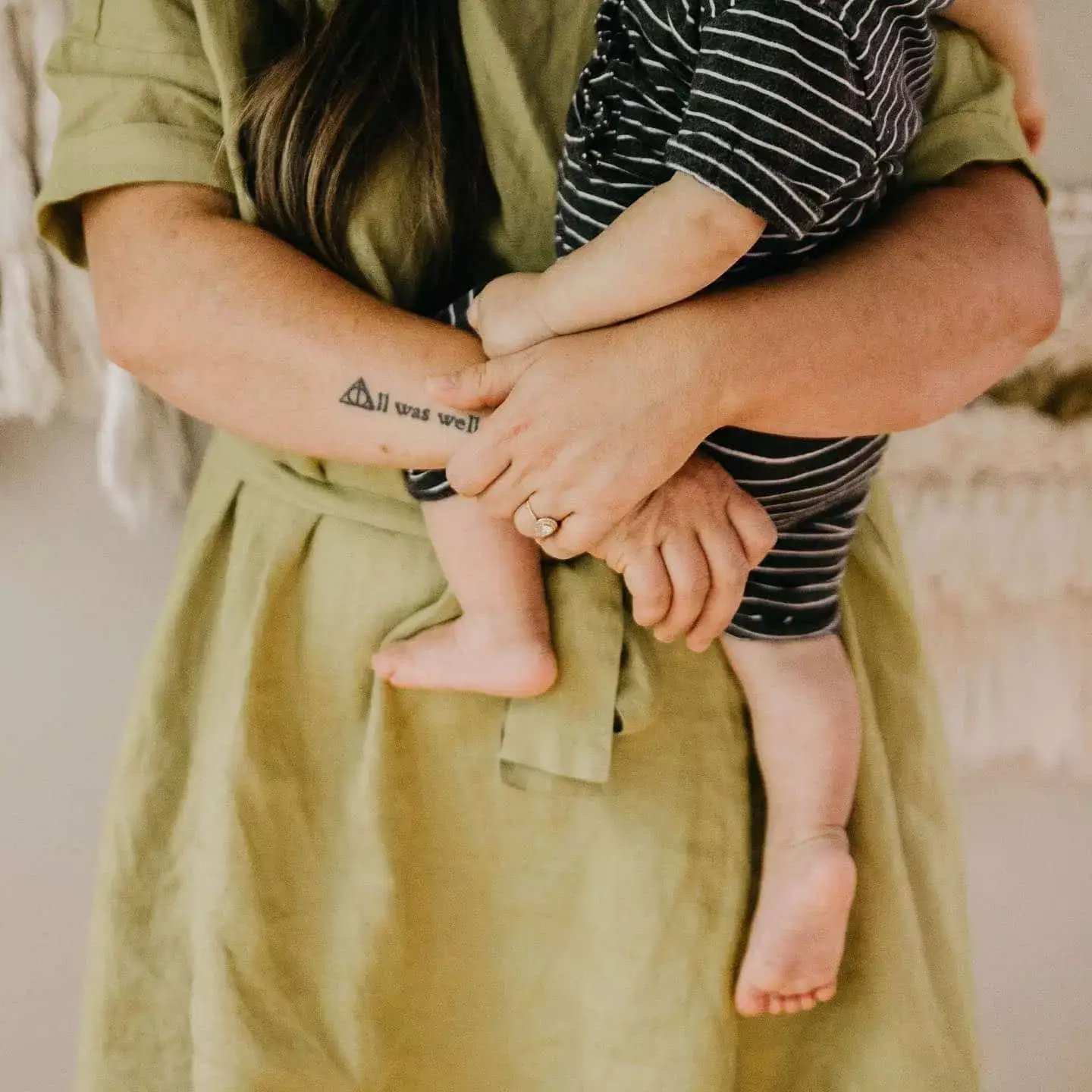When parents face the unimaginable death of a child, particularly for something as innocuous as a simple snack, the shock resonates far beyond themselves. This is evidenced by the tragic story shared by Ashton Zager, a mother whose post about her son Hank’s sudden passing due to a choking incident has garnered overwhelming attention. In just a few hours, her inexpressible pain reached over 106,000 shares on Facebook, illustrating the raw, visceral fear that captivates parents everywhere. Every share of this story is a reminder of the fragility of childhood and the heartbreaking potential of everyday life.
Ashton described her son’s last moments with heartbreaking clarity, conveying a whirlwind of emotions: shock, grief, confusion. Initially believed to be choking on a banana muffin, the situation escalated into a life-threatening emergency when a bean was found obstructing his airway. This unsettling reality serves as a chilling reminder that choking can happen in the blink of an eye, even to the most vigilant parents. Despite efforts from emergency responders and hospital staff, Hank’s life could not be saved, plunging his family into a chasm of despair.
Parents’ Unfathomable Fears
Ashton’s candid account sheds light on a nearly universal apprehension felt by parents: the thought that an ordinary moment could turn into an extraordinary tragedy. It reverberates with the message that no parent is immune to the dangers inherent in caring for small children, particularly related to food. Astonishingly, statistics reveal that choking is the fourth leading cause of unintentional death in individuals younger than five years old. More unsettling is the fact that food constitutes a staggering 50% of these choking incidents, posing an ever-present threat during mealtimes.
The anguish expressed in Ashton’s words lays bare the grim reality of parenting. As each child’s life blooms, ebbing and flowing through their formative years, the ever-lurking specter of social and emotional safety can be overshadowed by unexpected adversities. Such tragedies provoke a broader discussion on parental vigilance versus allowing children the freedoms they require for healthy development. It’s a delicate balance, one that can tip unpredictably.
In the Wake of Grief
In her post, Ashton articulates her feelings of anger and confusion clearly: “Sometimes bad things are just bad things that coexist with good things.” This powerful revelation reflects a stark truth about life—suffering does not always come packaged with meaning. For many who face loss, the search for a “reason” can itself become a burden, compounding grief rather than easing it. The unvarnished honesty of her perspective is cathartic—both for her and for those who read her tragic account, enlightening them about the different facets of grief.
Within Ashton’s sorrow, there exists a profound depth of connection among parents. The visceral empathy ignited by her experience triggers immediate introspection and reflection; other parents start imagining their own children at risk. In sharing her story so publicly, Ashton provides a platform for discussing the often-taboo subject of childhood death, forging a community of grieving and supportive voices that traverse the realm of sorrow together.
Lessons for Hope and Prevention
Ashton’s story isn’t just one of heart-wrenching despair; it stands as a clarion call to action. The American Academy of Pediatrics encourages parental precautions to mitigate choking risks in young children, such as supervising meals, ensuring foods are cut into manageable sizes, and avoiding high-risk items altogether. However, the reality remains that no amount of preparation can fully shield against the unpredictable nature of life.
As parents reflect on such alarming statistics, they become acutely aware not only of the risks but also of the importance of open conversations about safety. Rather than allowing fear to dominate, sharing knowledge about choking prevention can enhance parental confidence. Communities can come together to develop greater awareness, championing child safety as a collective goal rather than individual responsibility.
The heartbreak that Ashton Zager has endured must not be in vain; rather, it should equip us with renewed perspectives on vulnerability, resilience, and the indelible nature of parental love. This poignant tale urges every parent to treasure each fleeting moment while fostering an unwavering commitment to create safe environments for their children. Only through sharing and fostering resilience can we find a way through the darkness.

